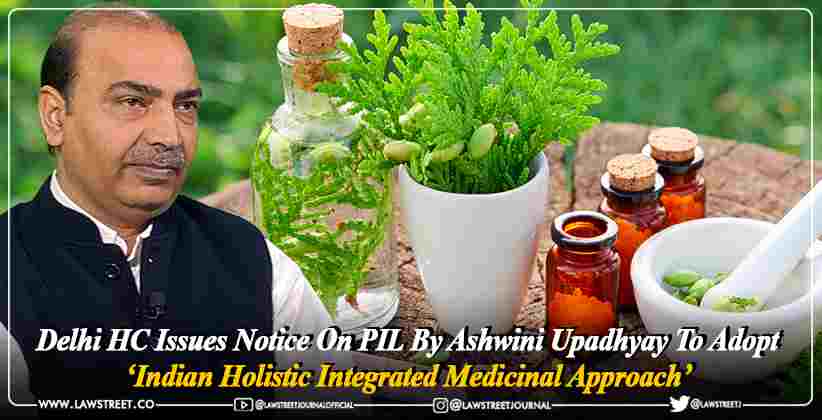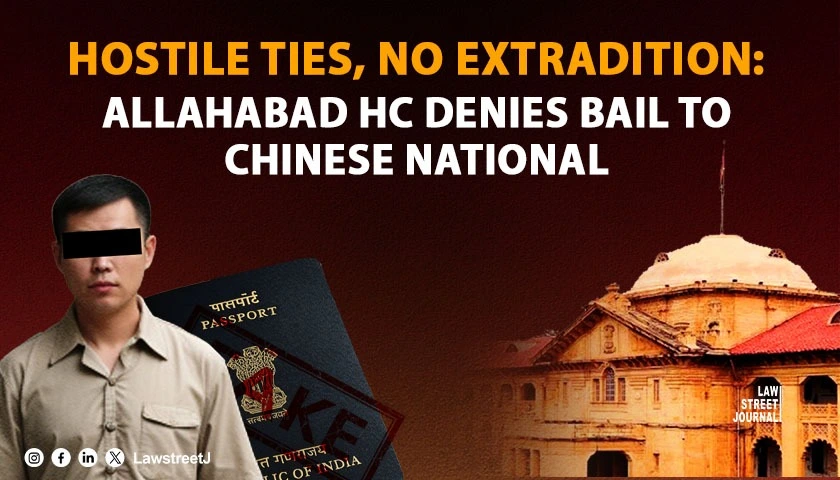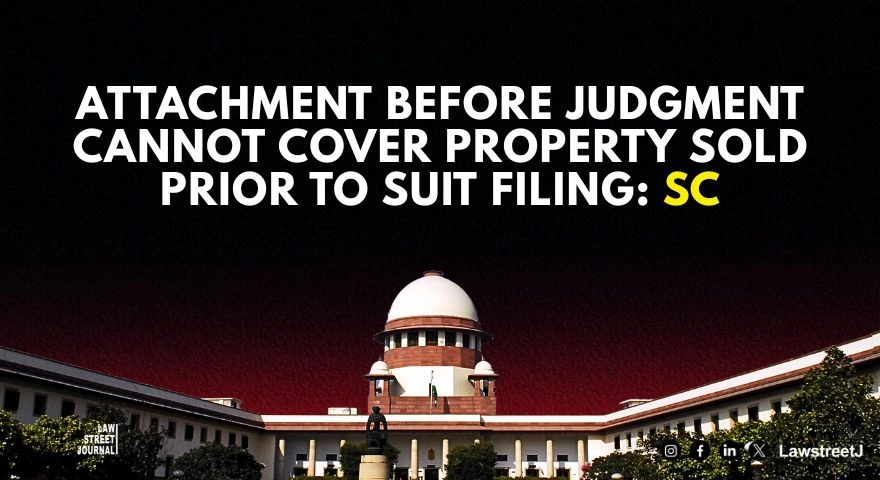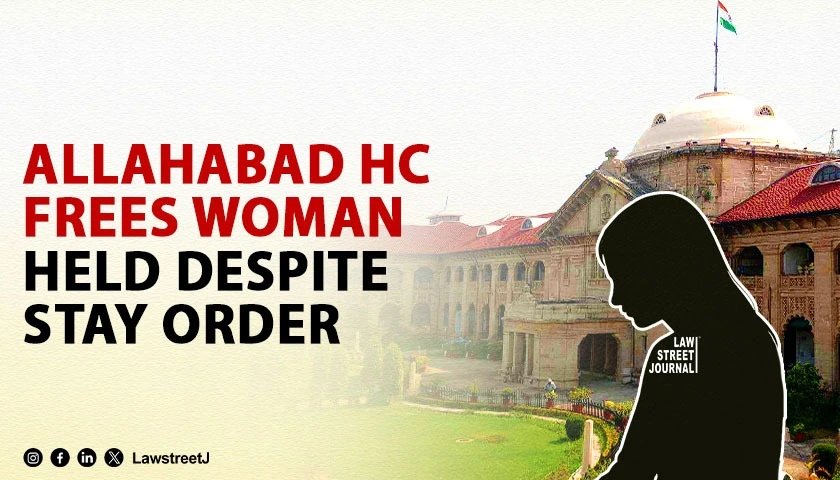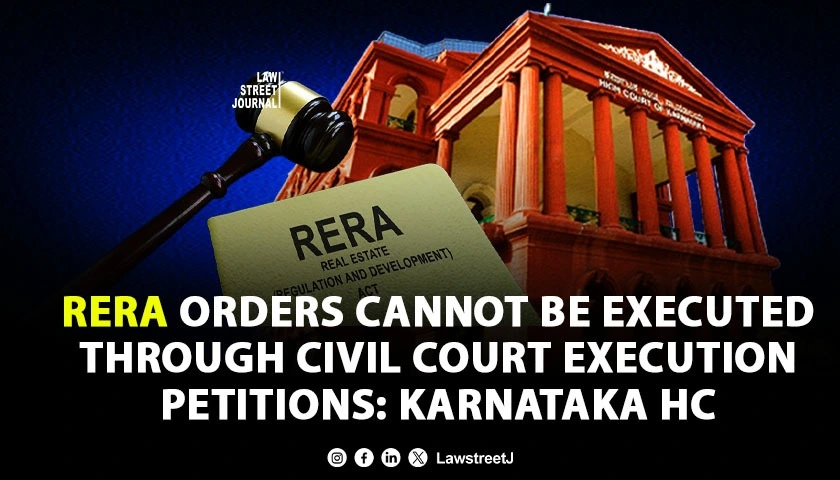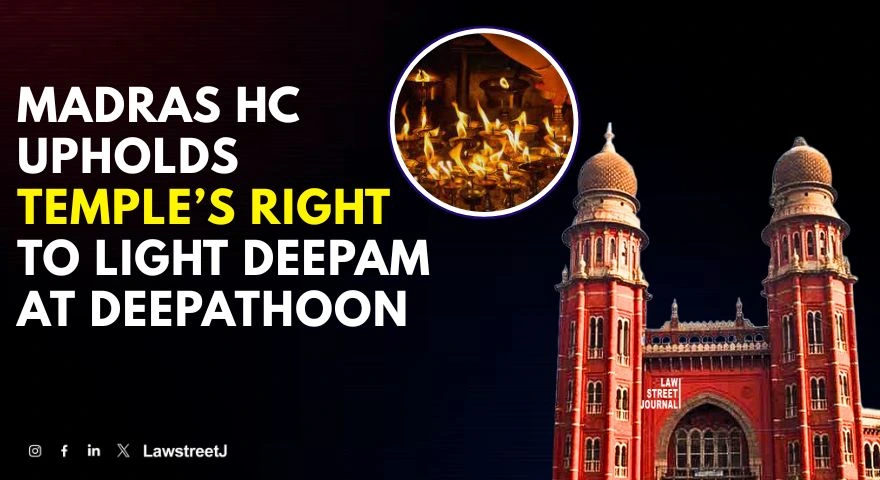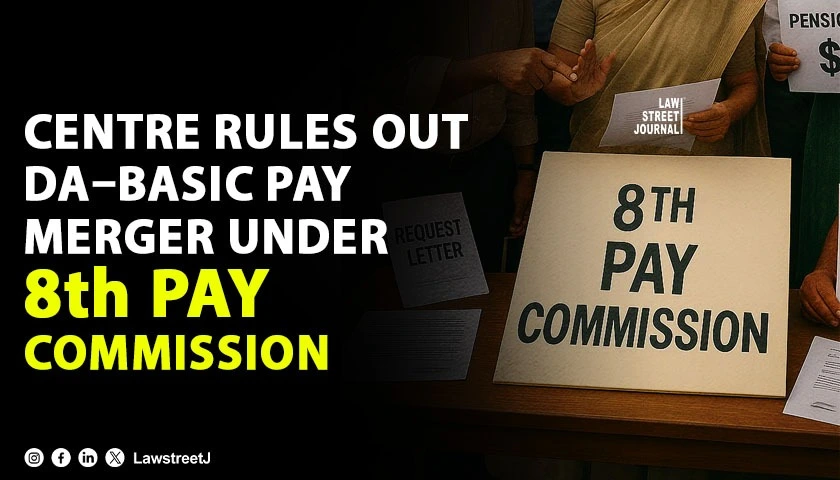Delhi High Court has sought Centres response on a Public Interest Litigation (PIL) filed be BJP Leader and Advocate Ashwini Upadhyay seeking direction to the Centre to adopt the Indian Holistic Integrated Medicinal Approach rather than Colonial Segregated way of Allopathy, Ayurveda, Yoga, Naturopathy, Unani, Siddha, and Homeopathy in order to secure the right to health.
The Ministry of Ayush, Ministry of Health and Family Welfare, Ministry of Women & Child Development, Ministry of Home Affairs, Ministry of Law & Justice are the respondents in the said matter.
The matter will be next heard on September 08, 2022.
The plea seeks direction to implement a Holistic Integrated Common Syllabus and Common Curriculum of Allopathy, Ayurveda, Yoga, Naturopathy, Unani, Siddha, and Homeopathy for all medical colleges in order to secure the right to health.
The petitioner, Ashwini Kumar Upadhyay, practicing lawyer and BJP leader submitted that in spite of huge investment, the current health care system of India is not able to meet its standards and benefit the Indian population to fight against acute and chronic diseases.
Healthcare delivery in India is classified under three categories primary, secondary and tertiary care. All three levels need to work in a cohesive manner to help deliver healthcare on all four pillars.
The petitioner submitted that in the healthcare system of India, sub-centres and primary health centres subsidize the primer level of Healthcare Sector (HCS); Community Health Centre contributes to a secondary level of HCS; although hospitals and medical colleges are considered in the tertiary level of HCS. Population Norms for Rural Health Care Infrastructure are as given on the next page, he said.
The petitioner further submitted that the suggested holistic integrated medicinal approach will favor the financially deprived section of the Indian population as this approach will be pocket friendly with high reach and will be able to cover such a huge dense population of the country thus making the medical education available for one and all and to support evidence-based medicine, not any particular pathy. It will also help them to build a sense of responsibility to serve their society which cannot be possible in the case of modern medicine, he added.
The petition stated that on September 15, 2020, in Rajya Sabha on the question of availability of doctors per capita, the Minister of State, Ministry of Health and Family Welfare said that as per information provided by the Board of Governors in supersession of Medical Council of India (MCI), 12,55,786 Allopathic Doctors are registered in MCI.
Assuming 80 per cent availability, it is estimated that around 10 lakh doctors may be actually available for active service. It gives a doctor-population ratio of around 1:1500 as per the current population estimate.
"There are 7.88 lakh Ayurveda, Unani, and Homeopathy (AUH) doctors. Assuming 80 per cent availability, it is estimated that 6.30 lakh AUH doctors may be available for service and considered together with allopathic doctors, it gives a doctor population ratio of around 1:1000," stated the plea.
"In order to establish an integrated medicinal system, the Government has already made certain amendments to enable these provisions to become a part of health care policies. But so far adopted strategies are not sufficient to provide an adequate platform for an integrated medicinal approach. Therefore, it is mandatory to make appropriate amendments to legalize the status of the integrated medicinal system," read the plea.
The plea further states the Current Status of Health Care Professionals:
On 15.9.2020, in Rajya Sabha on question of availability of doctors per capita, the Minister of State, Ministry of Health and Family Welfare (Sh. Ashwini Kumar Choubey) said that as per information provided by Board of Governors in supersession of Medical Council of India (MCI), 12,55,786 Allopathic Doctors are registered in MCI. Assuming 80% availability, it is estimated that around 10 lakh doctors may be actually available for active service. It gives a doctor-population ratio of around 1:1500 as per current population estimate.
As per information provided by Board of Governors in supersession of Medical Council of India (MCI), 3,71,870 allopathic doctors have registered their specialist/post- graduate qualification with Medical Council of India/State Medical Council. It gives a doctor-population ratio of around 1:4000 as per current population estimate. On the other hand, World Health Organization (WHO) has promulgated desirable doctorpopulation ratio as 1:1,000.
The Union Minister of State, Health and Family Welfare (Mr. Ashwini Kumar Chaubey) stated that as per information provided by the Indian Nursing Council (INC), there are around 8,92,829 Auxiliary Nurse Midwives (ANM), 21,51,850 Registered Nurses and Registered Midwives (RN&RM) and 56,644 Lady Health Visitors (LHV) in the Country and there is availability of 1.4 bed per 1000 people.
Petitioner submits that all these estimates are well below the WHO threshold of 44.5 doctor, nurses and midwives per 10,000 populations whereas the current situation is 20.6 health workers per 10,000 populations. A substantial proportion of active health worker were found not adequately qualified and more than 20% of qualified health professionals are not active.
Around half of the population is living below poverty line and around 70% dwelling in rural areas and 52% of these doctors are practicing in just five States Maharashtra (15%), Tamil Nadu (12%), Karnataka (10%), Andhra Pradesh (8%) and Uttar Pradesh (7%). Thus, rural Indian areas still remain deprived of medicinal benefits. These results reflected highly skewed distribution of health workforce across States. Since the majority of Allopathic Doctors reside in 5 States, thereby restricting the medical benefits of other States by just providing them with remaining 48% population of doctors. As doctors are confined to a few States but patients reside across India, it has led to introduction of several health care mediators and they are ruining the integrity of Indian health care system as they tend to fetch more money from patients in the name of providing better treatment. This situation is highly un-ethical and illegal as it will deprive the diseased individuals from attaining health benefits due to their inability to pay high health expenses. In order to meet, WHO guidelines in India we have an alternative force of medical professionals who have always been neglected by the Government and are capable of providing a supporting hand to uplift our health care status.
There are 7.88 lakh Ayurveda, Unani and Homeopathy (AUH) doctors. Assuming 80% availability, it is estimated that 6.30 lakh AUH doctors may be available for service and considered together with allopathic doctors, it gives a doctor population ratio of around 1:1000.

